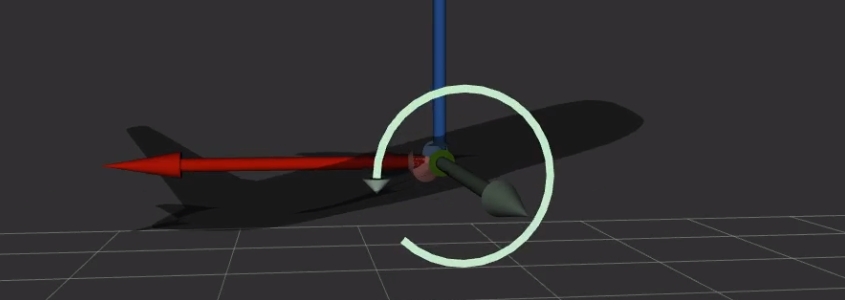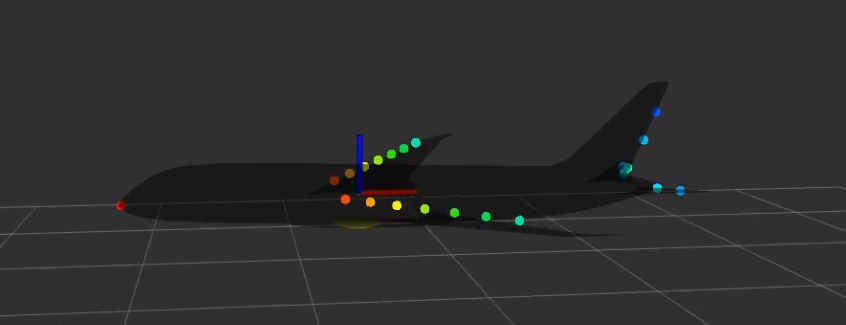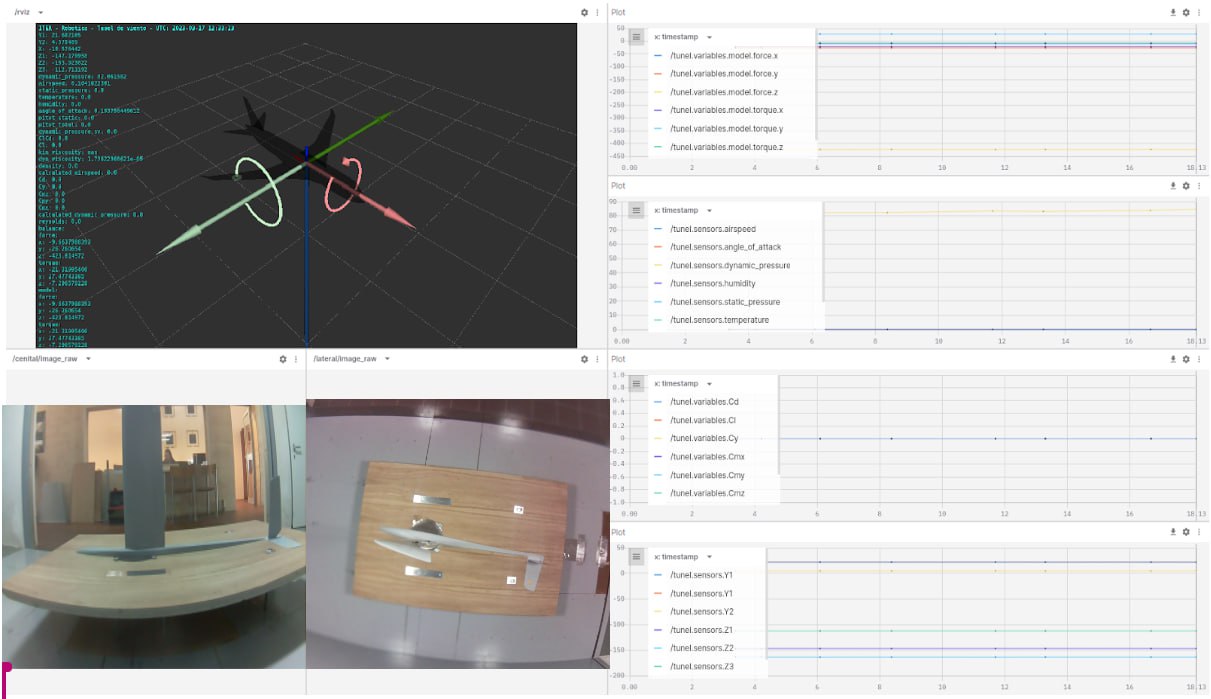ITER has integrated an innovative sensor visualization system into its wind tunnel, the first wind tunnel in the Canary Islands. Designed for conducting civil tests, this wind tunnel is a key tool in aerodynamic research. The new integration is part of an ongoing specific project.
ITER’s wind tunnel features a wide variety of sensors that measure different physical quantities, such as angular and linear forces on the models being studied inside, as well as wind speed and direction. These sensor variables, previously represented as scalar values, are now visualized as three-dimensional vectors thanks to the innovative sensor visualization system. This improvement in data representation allows researchers to obtain a more accurate and detailed understanding of the interactions between airflow and objects under study, leading to more reliable and applicable results in the field of aerodynamic research.
One of the key advantages of the innovative sensor visualization system in ITER’s wind tunnel is its ability to be remotely accessible through a web service. Clients who hire the tunnel’s services no longer need to physically travel to the facilities, as they can visualize and monitor the tests in real time from any location using a web browser. To access this service, users must have credentials provided by ITER. This remote access solution not only saves time and resources on travel but also facilitates collaboration and project monitoring on a global scale, allowing clients and experts to connect and work together more efficiently.


Furthermore, this advanced sensor visualization system offers the possibility to save and store the data generated during the tests. This feature allows researchers and clients to replay and analyze the data at any time without the need to repeat costly and laborious experiments. This capability of reviewing and studying the data later facilitates in-depth analysis, result comparison, and the identification of patterns or trends over time. Ultimately, this leads to increased efficiency in aerodynamic research and the development of solutions, while reducing project costs and time.
The system uses cutting-edge technologies to ensure an optimal user experience and exceptional performance. Among these technologies is the ROS (Robot Operating System) framework, which provides the necessary tools and libraries to efficiently develop and execute robotics applications. In addition, the MQTT protocol is used to ensure reliable and low-latency communication between devices, enabling real-time transmission of sensor data. On the other hand, the system leverages MPEG video transmission technology to compress and transmit high-quality images and videos from the tunnel’s cameras, ensuring clear and accurate visualization. Additionally, the Foxglove Studio platform is integrated into the system, allowing interactive and customizable visualization of real-time data obtained. The integration of these advanced technologies into the sensor visualization system enables real-time monitoring and data analysis, significantly enhancing the efficiency and quality of the tests conducted in ITER’s wind tunnel.
For more information about ITER´s wind tunnel, please visit the following link: https://www.iter.es/portfolio-items/tunel-de-viento/?lang=en
Contact
For any inquiries regarding the system’s operation, please contact the Robotics and Automation Unit at: robotica@iter.es

